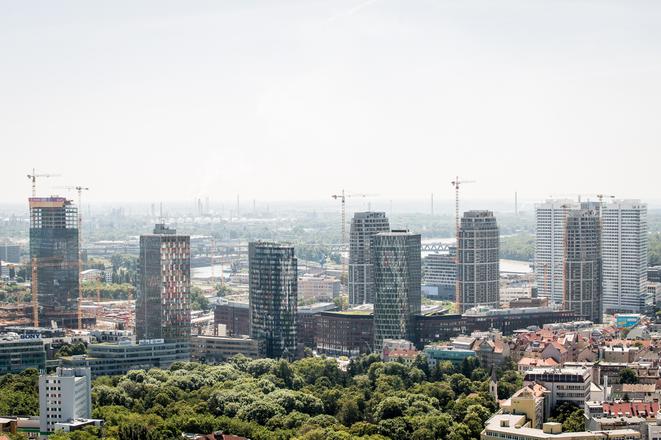Slovakia's economy should rise at 4.8 percent this year, and at 5.2 percent in 2022. This stems from the Spring 2021 Economic Forecast, published by the European Commission.
Investment Advisory Guide
Well-arranged information about the economy, labour market, investor support, legislation, and real estate as well as investment opportunities in Slovakia. For more details visit ouronline shop.
The forecast suggests that economic growth in Slovakia will be the seventh-fastest in the EU this year. In 2022, the country's growth is expected to be the eighth-fastest in the EU-27 club.
"As containment measures are eased, a swift recovery is expected in 2021 and 2022, driven by both domestic spending and foreign demand," the report reads.
Inflation and deficit

After moderating in 2021, inflation is forecast to rise gradually, supported initially by cost-push factors and then by more robust demand. The government budget deficit is expected to remain elevated due to sustained fiscal support.
However, the public debt-to-GDP ratio is projected to remain contained as economic growth and low interest rates offset the effect of lower primary balances. RRF-financed investments should help recovery from 2022 onwards.
The record holders of this year's economic growth are Spain (5.9 percent) and France (5.7 percent), while next year it should be Spain (6.8 percent), followed by Croatia (6.1 percent), Greece and Latvia (6 percent).
Labour market situation
As for unemployment, with a 7.4 percent jobless rate Slovakia should rank 12th within the EU, together with Luxembourg. Next year, the number of employed people should grow and with a 6.6 percent unemployment rate Slovakia should keep the 12th position.

“Thanks to public short-time work schemes, the impact of the crisis on the labour market has been mostly reflected in the decline of hours worked, while employment has been shielded, decreasing only by 1.9 percent in 2020,” the report reads.
However, despite economic recovery gaining momentum already in 2021, the labour market is expected to strengthen only from 2022 onwards. As fiscal support measures are gradually withdrawn, hours worked should increase first, while firms are likely to remain cautious about posting new vacancies.
On average, employment is projected to remain at 0.6 percent lower in 2021 compared to last year, with the unemployment rate rising to 7.4 percent. Gradual improvement is forecast from 2022, with 0.8 percent employment growth and the unemployment rate falling to 6.6 percent. Real wage growth is expected to gather pace as the slack labour market diminishes, and productivity rebounds.



 Illustrative stock photo (source: Archive of Sme)
Illustrative stock photo (source: Archive of Sme)